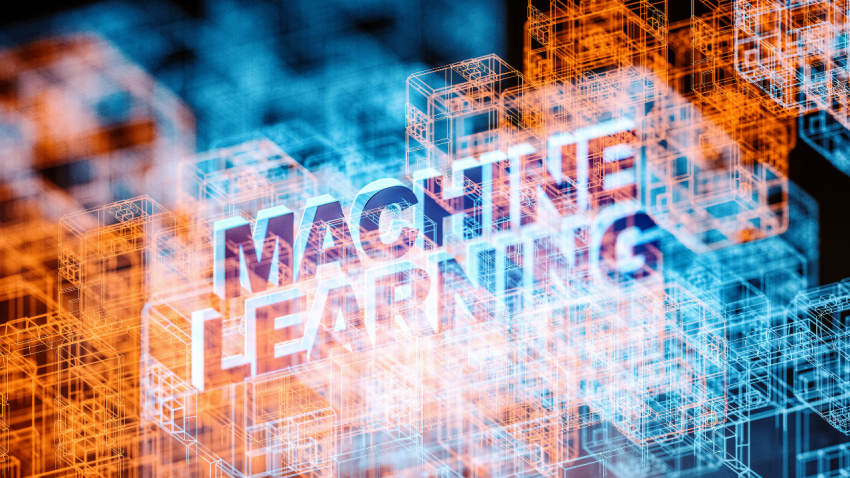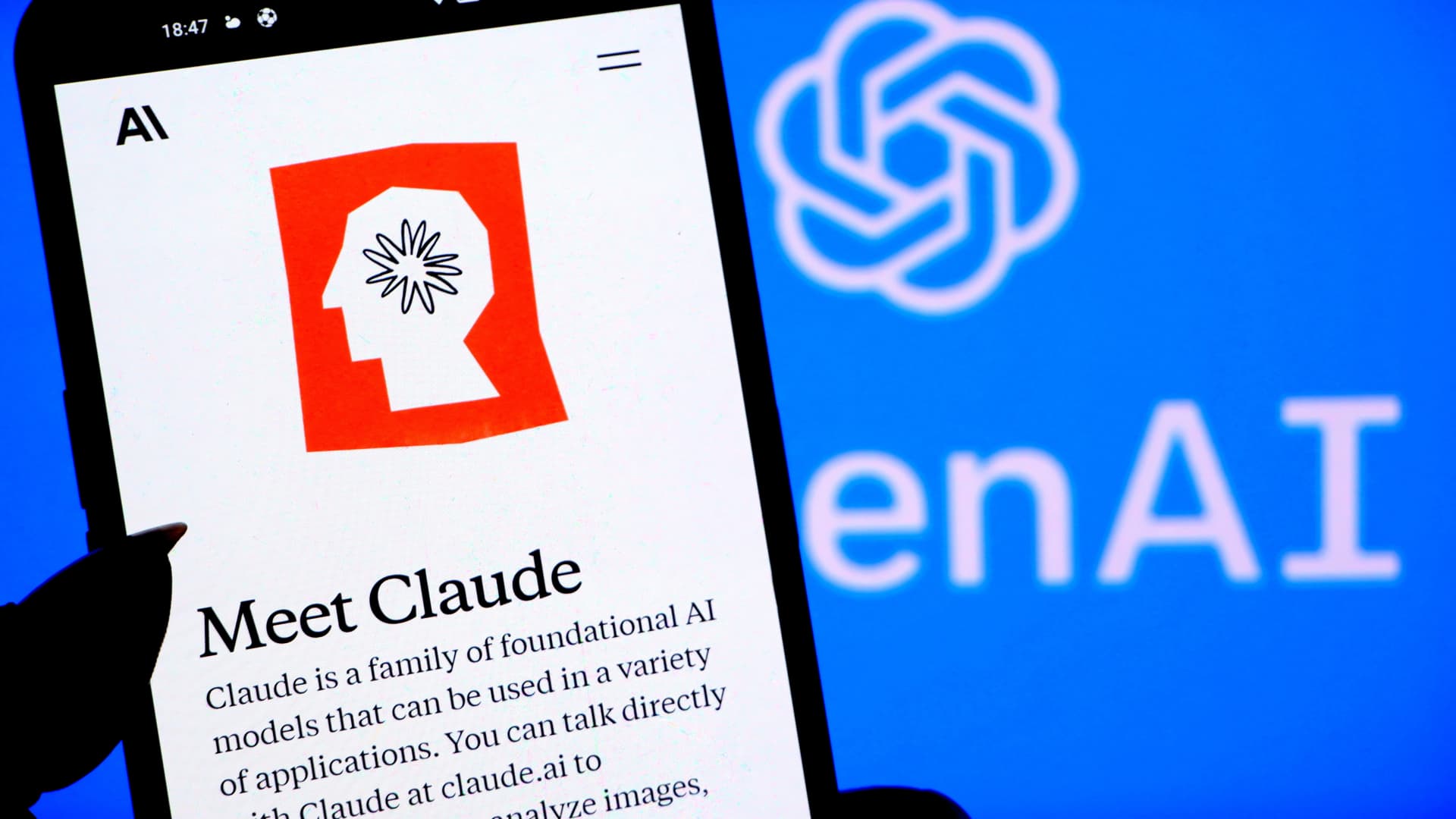Machine learning may once have been a topic of discussion only for computer scientists and researchers. Now, however, it is a technology businesses are eager to use. The need for machine learning and Artificial Intelligence (AI) is being driven by the massive amount of data being generated today. Statisticians can get insight from this data. But the volume is so large and growing at such a rate, the best way to tackle it is using the very same machines that are in part responsible for creating the data.
Machine learning outside of academia and specialized fields is seeing increased adoption because of the growth of this data. But more importantly, the availability of powerful computers, cloud technology, cheap storage and low computational costs is making it more accessible.
What is Machine Learning?
Machine Learning (ML) is a subfield of artificial intelligence (AI) that focuses on the development of algorithms and statistical models that allow computers to perform a task without using explicit instructions. Instead, they rely on patterns and inferences. Here are some key concepts to understand about machine learning.
- Data: The foundational material ML models work with. This can range from numbers and text to more complex data types like images and sounds. The quality and quantity of data often directly impact the accuracy of ML models.
- Algorithms: A set of statistical processing steps. In ML, algorithms take in data and turn it into a model. Popular ML algorithms include decision trees, neural networks, and clustering algorithms.
- Training: The process of feeding an algorithm a large amount of data so it can adjust and optimize its parameters. This is how the “learning” in machine learning happens.
- Model: Once an algorithm has been trained on data, the end result is a model. This model can then be used to make predictions on new, unseen data.
- Prediction: The process of an ML model making a determination or estimation about unseen data based on what it has learned during training.
- Feedback Loop: After a prediction is made, the outcome can be fed back into the model, allowing it to learn and adjust further. This process of iterative learning can lead to improved performance over time.
- Overfitting and Underfitting: These are challenges in ML. Overfitting occurs when a model learns too much from training data and doesn’t generalize well to new data. Underfitting occurs when a model doesn’t learn enough from the training data, leading to poor performance.
- Supervised Learning: A type of ML where the algorithm is provided with labeled training data. The goal is to learn a mapping from inputs to outputs.
- Unsupervised Learning: Here, the algorithm isn’t provided with labeled training data. Instead, it tries to identify patterns and relationships within the data itself.
- Reinforcement Learning: A type of ML where an agent learns how to behave by receiving rewards or punishments for its actions.
Machine learning empowers computers to identify patterns, make decisions, and predict outcomes without the need for explicit programming. Through iterative processes and refinement, these systems can become adept at tasks ranging from recommendation systems, like those used by streaming services, to complex tasks such as diagnosing diseases or driving autonomous vehicles. The potential applications are vast, and as the technology evolves, its impact across industries continues to grow.
The Data
It is important to note data in itself will not produce anything. It’s a question of drawin the right insights from that data. In the case of good (human) data analysts, one may catch something another one misses. Similarly, in machine learning success depends on producing the right algorithm or model to get the best insight possible from the information.
Once the model has been created, giving it access to all existing and future data sets lets the computer continue learning and improving itself. Bigger and complex data sets can be analyzed to get results that are more accurate at faster rates to identify opportunities and avoid risks.
What Can You Do with Machine Learning?
The answer is a lot! Here are a couple of real-life examples from some very well-known brands and how they use machine learning.
Amazon Recommendations
Amazon has almost 250 million active customers and tens of millions of products. Making recommendations using people is not an option and it would take forever. With machine learning, Amazon has managed to make accurate product recommendations based on the customer’s interest as well as purchasing and browsing history in very near-real-time.
Google AdWords
Google is known for having the best machine learning and algorithms anywhere. The company has perfected the art/science of delivering the right information for its users, and it is made possible in great part with highly advanced machine learning models.
Benefits of Using Machine Learning
Machine learning has increasingly become a transformative force in the business world. With the ability to process vast amounts of data, derive insights, and adapt over time, ML offers businesses tools and techniques to solve complex problems, optimize operations, and create value for their customers.
- Operational Efficiency: One of the significant areas where businesses harness ML is in streamlining operations. From predicting equipment failures in manufacturing plants to optimizing delivery routes in logistics, ML models can forecast issues and propose solutions before they become problematic. By analyzing historical data, these models can identify patterns that might be invisible to the human eye, enabling businesses to be proactive rather than reactive.
- Customer Experience Enhancement: Today’s consumers expect personalized experiences. Retailers, for instance, use ML algorithms to analyze purchasing behavior, website navigation patterns, and other data to provide product recommendations. Similarly, streaming services employ ML to suggest content based on a user’s viewing history.
- Data-Driven Decision Making: Business decisions backed by data tend to be more accurate and effective. With ML, businesses can sift through enormous datasets to identify trends, assess risks, and discover opportunities. For instance, financial institutions utilize ML to detect fraudulent transactions by examining patterns that deviate from the norm.
- Innovation and New Product Development: ML can also be a catalyst for innovation. Companies in the healthcare sector are using ML algorithms to develop new drugs by analyzing complex biochemical interactions. Similarly, in the automotive industry, ML is at the forefront of developing autonomous driving systems.
How Small Businesses Can Utilize Machine Learning
There are several areas where small businesses may benefit from the use of machine learning. Here are a few ideas:
- Sales Forecasting: By analyzing past sales data, ML can predict future sales trends, helping businesses prepare inventory and staffing.
- Customer Support: Chatbots powered by ML can handle routine customer queries, providing swift responses and freeing up human agents for more complex issues.
- Supply Chain Optimization: ML can forecast demand, helping businesses optimize inventory levels and reduce costs.
- Fraud Detection: By analyzing transaction patterns, ML models can flag suspicious activities, reducing financial losses.
- Marketing Personalization: ML algorithms can segment customers based on behavior and preferences, enabling tailored marketing campaigns.
- Talent Acquisition: ML can screen resumes and match potential candidates to job descriptions, making the hiring process more efficient.
- Product Recommendations: E-commerce platforms can suggest products to users based on their browsing and purchasing history.
- Predictive Maintenance: By predicting when equipment is likely to fail, businesses can carry out maintenance just in time, avoiding unplanned downtimes.
- Risk Management: In sectors like finance and insurance, ML can assess the risk levels of loans or policies based on a multitude of factors.
- Sentiment Analysis: Businesses can gauge public sentiment about their products or services by analyzing online reviews and social media mentions.
| Use of ML | Description | Primary Benefit |
|---|---|---|
| Sales Forecasting | Analyzes past sales data to predict future sales trends. | Prepares businesses for inventory and staffing needs. |
| Customer Support | Empowers chatbots to handle routine customer queries. | Reduces human intervention and provides faster responses. |
| Supply Chain Optimization | Forecasts demand to optimize inventory levels. | Reduces costs and ensures product availability. |
| Fraud Detection | Analyzes transaction patterns to detect suspicious activities. | Reduces financial losses from fraudulent activities. |
| Marketing Personalization | Segments customers based on behavior and preferences for tailored campaigns. | Enhances customer engagement and conversion rates. |
| Talent Acquisition | Screens resumes and matches candidates to job descriptions. | Streamlines the hiring process and ensures better candidate fits. |
| Product Recommendations | Suggests products to users on e-commerce platforms based on browsing and purchasing history. | Increases sales by targeting user preferences. |
| Predictive Maintenance | Predicts when equipment might fail. | Prevents unplanned downtimes and reduces maintenance costs. |
| Risk Management | Assesses risk levels for things like loans or insurance policies. | Provides better decision-making insights for risk-prone scenarios. |
| Sentiment Analysis | Analyzes online reviews and social media to gauge public sentiment about products or services. | Offers insights into public opinion, guiding product improvements. |
Incorporating machine learning into business strategies can lead to a significant competitive advantage. However, it’s essential for companies to invest not just in technology but also in skilled professionals who can develop, deploy, and maintain ML models effectively. As the field of ML evolves, its applications in business will likely expand, making it a crucial tool for future-ready enterprises.
Machine Learning Service Providers
The good thing is, you don’t have to be a computer scientist to use machine learning because there are service providers out there that will do everything for you.
The growth in the segment has led many companies to providing machine learning services. Here are some providers with solutions that start with a free tier so you can get your feet wet and use the technology for your small business. But if you start growing, they have options to address virtually any type of scale.
The first one is IBM Bluemix, a platform that uses Watson and so much more to deliver a comprehensive analytics solution that is currently very highly ranked in the industry.
The second company is BigML. The service provides a variety of services needed for an end-to-end machine learning deployment, including education, certification and a large number of free resources.
Amazon Machine Learning is another service that is known for being affordable for even the smallest of businesses.
There are many companies that provide machine learning services, so choose carefully and ask as many questions as possible to make sure they will deliver on their promise of addressing your particular needs.
Small Businesses and Machine Learning
As a small business you might think you don’t generate enough data to require machine learning. But there is more data out there than you think. To start with, you are going to use machine learning for the industry you are in. So whether you have a restaurant, vintage clothing store or make custom utensils, there is a lot of data for each sector that is readily available. Once you get general information, you can get more granular data based on your location, types of customers, price, materials, marketing and much more.
Based on the data, you can have a service provider create models you can deploy to give you valuable insights. You can then use the insights to fill the inventory in your business with the right products and at the right time year round.
One of the best ways to get started with machine learning is to use it for marketing. This is because there is a lot of marketing data, and if you choose the information carefully, it is possible to have a model that will quickly deliver results for your particular industry.
Machine Learning for Marketing
The best marketing solutions are personalized. That means not bombarding your current and potential customers with the same campaign over and over. It also means knowing when they are not happy so you can take action before they tell you they are leaving. Delivering relevant marketing and addressing their concerns will increase customer loyalty, engagement and spending.
With machine learning you can use purchase behavior, website visits, app usage, campaign responses, preferences and many other data points to get highly accurate next best action predictions. Businesses have used it for customer segmentation to extract groups of customers, customer churn prediction to implement proactive prevention measures and customer lifetime value forecasting.
The Importance of Machine Learning Today and Moving Forward
Data is being generated faster than at any other time in history. And the pace is only going to increase as more people gain access to information and communications technologies around the world. This will require crunching this data and making sense of it all. With machine learning, it is now possible to get the insight a business or any other organization needs quickly.
Machine learning is a tool just like any other, and if you use it properly it can pay dividends. Make it part of your overall strategy to make your small business more efficient and productive.



















